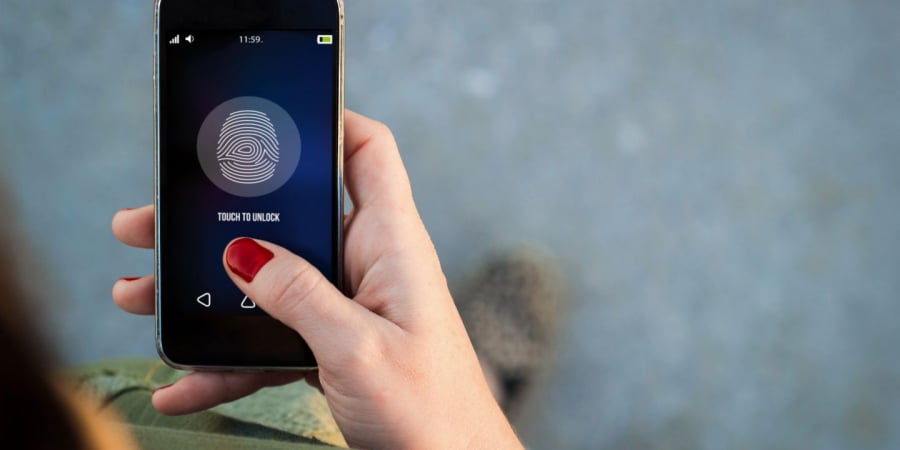While unlocking your smartphone with your fingerprint may be familiar and convenient, experts warn against relying on this method for security reasons.
Vulnerable to Spoofing and Attacks
In reality, fingerprints can be easily replicated using simple and inexpensive methods. A study revealed that even low-cost 3D printers could be used to create fake fingerprints that successfully fooled fingerprint sensors on phones and laptops with an 80% success rate. Furthermore, researchers have found vulnerabilities in Windows Hello’s fingerprint authentication system, allowing attackers to bypass this security measure.
One notable example of fingerprint replication was demonstrated by the Chaos Computer Club in 2008. They successfully recreated someone’s fingerprint from a photograph and even crafted a fake finger using rubber to bypass the sensor and unlock the device.
Today, fake fingerprints can be created using common materials such as modeling clay or glue. This highlights the ease of physically replicating fingerprints.
In the digital realm, fingerprints are even more vulnerable to hacking. At the 2015 Black Hat conference, security experts showcased various attack methods targeting fingerprint recognition systems. These included creating fake unlock screens to steal fingerprint data, accessing stored fingerprint files on phones to reconstruct the original image, and even directly attacking the fingerprint sensor to capture fingerprint images each time a user interacts with it.

Irreversible once compromised
Passwords can be changed at will, but fingerprints are unique and irreversible. Once compromised, malicious actors can use or sell your fingerprint data to third parties, leading to severe consequences. If your fingerprint is obtained by attackers, they can potentially use it for nefarious purposes wherever fingerprint authentication is employed. Moreover, stolen fingerprint data can be traded or sold on the dark web, exposing users to prolonged and uncontrollable security risks.
Prone to Abuse in Unfavorable Situations
In negative scenarios, you may be coerced into unlocking your device with your fingerprint while asleep, intoxicated, or unconscious.
Degraded Performance Over Time
Fingerprints are not permanent and can fade or change over time due to age, occupation, or health conditions. This can lead to recognition issues with the sensor, causing inconvenience and potential security risks.
In conclusion, while fingerprint unlock provides convenience, the security risks associated with this technology cannot be overlooked. Experts recommend opting for PIN protection instead and advise against using easily guessable PINs such as birthdates or anniversaries.


































